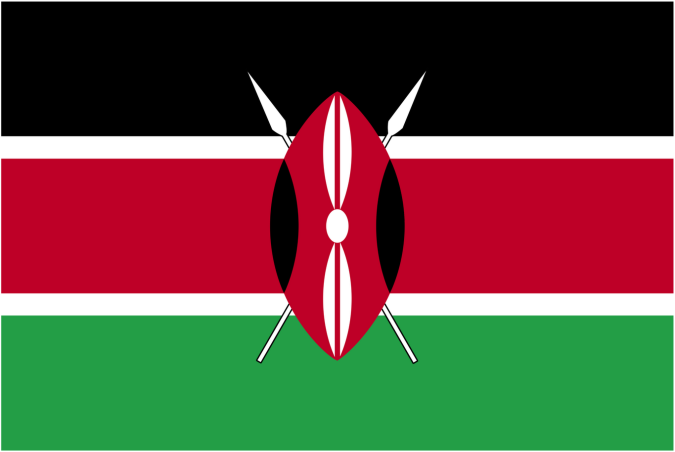Kenya, Rwanda top region in financial inclusion

JAMES ANYANZWA
Kenya and Rwanda have the highest proportion of their adult populations accessing financial services, a newly-published report says, making them East Africa’s most financially inclusive economies.
The 2019 FinAccess Household survey, whose findings were released last week, shows that close to 90 per cent of adults in the two countries have access to both formal and informal financial services.
Uganda and Tanzania follow in third and fourth positions at 78 per cent and 72 per cent respectively.
The Alliance for Financial Inclusion (AFI) report says introduction of Umurenge Saccos, in conjunction with expansion of bank and microfinance institution (MFI) branches, the advent of agency banking, and modernization of financial services such as mobile banking, automated teller machines (ATMs) and mobile money, have been the key drivers of financial inclusion in Rwanda.
AFI reckons that in Rwanda, community savings and credit cooperatives have been a financial inclusion success story that has seen more than 90 per cent of the population live within a 5 km radius of the Umurenge Saccos.
Mobile money
In Kenya the extensive adoption of mobile money services by the traditionally underserved groups, a wide range of mobile money services, including insurance and loan products, as well as an enabling regulatory environment for digital financial services have helped boost financial inclusion.
Kenyan banks are also shifting transactions away from banking halls to digital platforms such as ATMs, Point of Sales (POS), mobile platforms and the internet, increasing access to segments of population that have traditionally been excluded.
Kenya has the highest proportion (82.9 per cent) of adult it population with access to formal financial services market.
This means they have regular transactions with banks, saccos, insurance, microfinance institutions (MFIs), mobile money, capital markets and pension schemes.
An estimated 6.1 per cent of the population have access to informal financial services and products from groups such as Chamas.
Rwanda with 68 per cent of the adult population in the formal financial services market is second. The country has 21 per cent of its population accessing financial services from informal markets, the survey found.
In Uganda, 58 per cent and 20 per cent of the adult population have access to formal and informal financial services markets respectively while in Tanzania, the ration stands at 65 per cent (formal) and 7 per cent (informal).
Chamas
The survey found that informal groups such as Chamas which are dominated by women, are still a key source of financing in most households and that this channel is getting ever more formalised with the advent of mobile money, allowing more women to access financial services from the formal markets.
Kenya’s Central Bank and Financial Sector Deepening (FSD) Kenya conducted the survey, which found that introduction of mobile financial services, increased partnerships between banks and mobile virtual network operators (MVNOs) as well as innovations such as mobile banking, agency banking, digital finance and mobile apps have been the key drivers of growth in formal financial inclusion.
“Mobile money has acted as an ‘on-ramp’ for formal financial inclusion especially via digital finance. Despite advances in formal financial inclusion, the informal still persists although it’s on a decreasing trajectory,” the report says adding that mobile money has become a key driver in the ongoing narrowing of the gap between rural and urban users of financial services.
Loans apps
In Kenya, Mobile money service providers and digital loans apps recorded the highest growth in terms of usage and volumes.
The number of Kenyans using more than one type of financial services increased significantly between 2016 and 2019, reflecting the interlinkages between mobile money, digital platforms and traditional financial services providers.
Growth in mobile banking account usage is mainly driven by young people below the age of 35 years.
The report however found that lack of money to save, inability to maintain an account and lack of regular income have prevented millions of people from operating bank accounts.
Bank customers have also complained of faulty automated teller machines (ATMs), unpredictability of charges and banking fraud.
Huge financial inclusion gaps however remain in terms of sex, age, education, residence and income despite the significant improvement in access to financial services between 2006 – 2019.
For instance, access to finance is higher among males than females and highest for those aged between 26–35 years, while the majority of those aged 18–25 years and those over 55 years are more financially excluded.
In the region, access to formal financial services appears to increase with the level of education. The survey found that households with people who have attained tertiary level of education have up to 98.6 per cent access to formal financial services compared to 60.7 percent for those without tertiary education.
Wide disparities in access to financial services was also found in Kenya. The North Rift, which comprises of Turkana, Samburu and West Pokot counties is the least included at (29 per cent) of the population.
Nairobi is ranked the highest in terms of access to formal financial services followed by Mombasa and Central Rift, respectively.
SOURCE:THE EAST AFRICAN
 Africas leading resource for digital financial services
Africas leading resource for digital financial services


comments